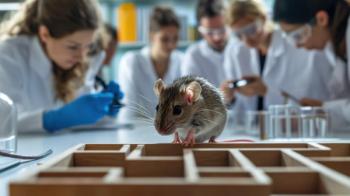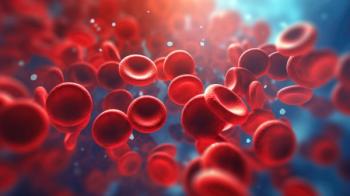
Analyzing Total Phenolic Content in Vegetable Oils Using a Smartphone
A technique to measure total phenolic content (TPC) in vegetable oils through analysis of images captured by a cellphone may prove to be easier to utilize than the traditional methods of ultraviolet/visible (UV-vis) spectrophotometry, high-performance liquid chromatography (HPLC), and gas chromatography (GC).
A recent article published in the journal Foods (1) discusses the advances made by Sanita Vucane and her colleagues at the Latvia University of Life Sciences and Technologies (Jelgava, Latvia) in the development of a method to uncover the total phenolic content (TPC) in vegetable oils through analysis of images captured by a cellphone. This approach uses the red/green/blue (RGB) color model in assessing phenolic compounds.
Devdiscource wrote that this research “offers a more accessible way for researchers and industry professionals to analyze phenolic content, potentially revolutionizing quality control and nutritional analysis in the food industry” (2).
The traditional methods of analyzing TPC, which include ultraviolet/visible (UV-vis) spectrophotometry, high-performance liquid chromatography (HPLC), and gas chromatography (GC), require sophisticated equipment as well as a stable laboratory environment, and, while they are effective, there are cost restraints, specialized knowledge is needed to use them, and their stationary nature makes them less ideal for measurements onsite or in the field. The smartphone-based method developed by Vucane and her team overcomes those obstacles by presenting an alternative that is portable, cost-effective, and user-friendly.
Phenolic compounds are necessary for the oxidative stability of, and nutritional quality in, vegetable oil. The presence of these compounds within vegetable oils plays a critical role as natural antioxidants, as they prevent oxidation and rancidity, which extends the shelf life of the oil and preserves nutritional and sensory qualities.
The technique entails the capture of oil sample images with a smartphone camera, and then examining the color intensity with the red (R) component of the RGB color model. Vucane’s research used a gallic acid calibration solution, which demonstrates superior determination coefficients for the RGB colors, with red being the most effective for investigationsperformed. The results of the study have shown statistical equivalence to conventional UV-vis spectrophotometry, which makes it a reliable substitute in the determination of TPC contained in the vegetable oils analyzed.
However, while this new method demonstrates great potential, Vucane and her associates admit that traditional methods still may hold an advantage in situations involving complex sample matrices or that require specific compound identification. Therefore, they state that further studies will be necessary for improving and increasing confidence in their smartphone-based method for a wider range of uses.
Still, Vucane believes that this method presents a major advance in food science, offering analysts a useful option in accurately and efficiently determining phenolic compounds in vegetable oils. The approach will eventually be widely adopted by researchers in the future, Vucane and her team wrote, especially as technological advances to smartphones expands their capabilities, resulting in technique that presents a combination of ease of use and accuracy difficult (if not impossible) for traditional methods to match. Furthermore, the utility of the technique extends beyond just vegetable oil analysis; among its other abilities are estimating antioxidant activity, determining other phenolic groups (for example, anthocyanins), and assessingtetraterpenoid pigments (yellow, orange, red and purple colors) like carotenoids in plants, extracts, juices, and beverages (3).
References
1. Vucane, S.; Cinkmanis, I.; Juhnevica-Radenkova, K.; Sabovics, M. Revolutionizing Phenonic Content Determination in Vegetable Oils: A Cutting-Edge Approach Using Smartphone-Based Image Analysis. Foods 2024, 13 (11), 1700. DOI:
2.Devdiscource News Desk. BringingLab to Your Pocket: Smartphone-Based Method for Measuring Phenolic Compounds in Vegetable Oils.
3. Maoka T. Carotenoids as Natural Functional Pigments. J. Nat. Med. 2020, 74 (1), 1-16. DOI:
Newsletter
Join the global community of analytical scientists who trust LCGC for insights on the latest techniques, trends, and expert solutions in chromatography.




